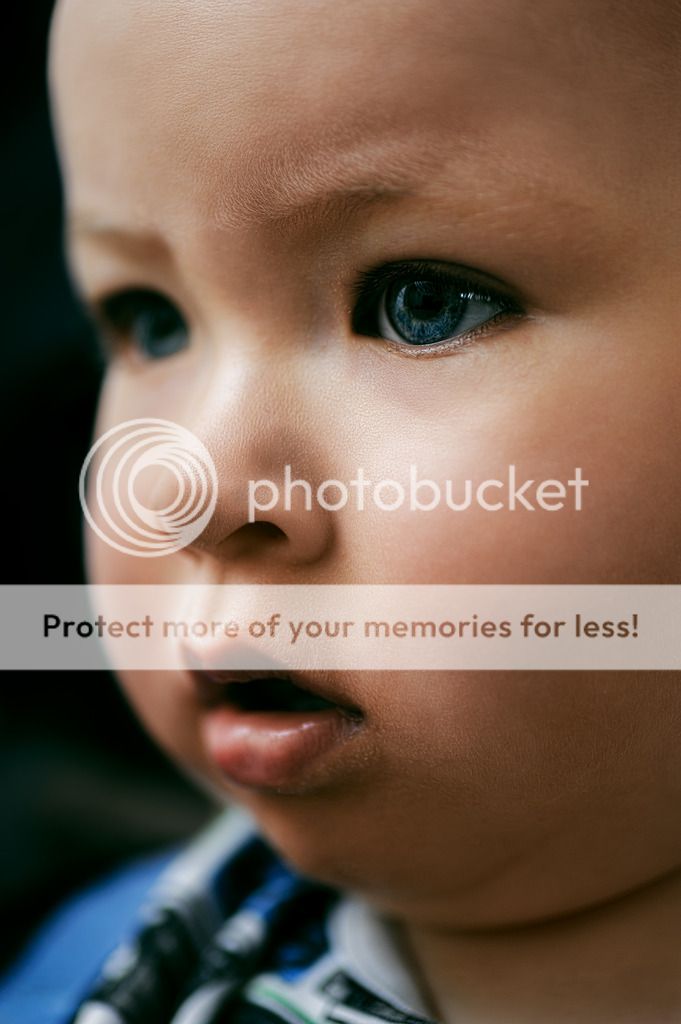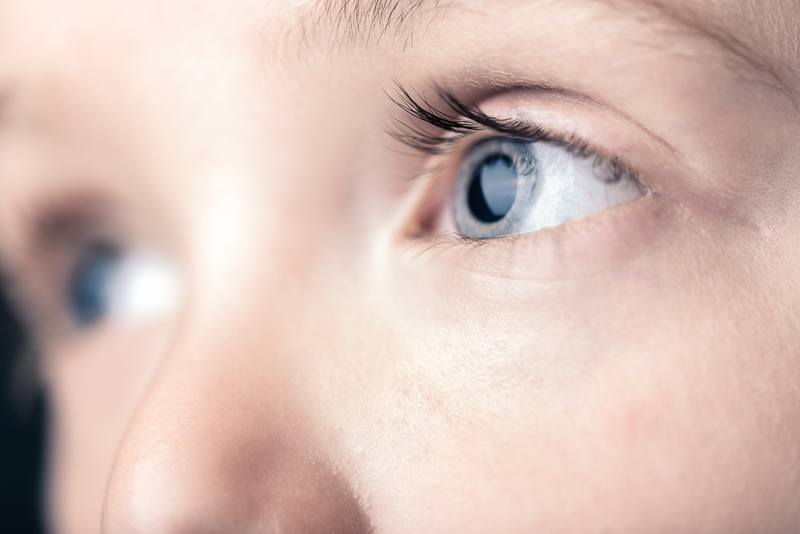- Messages
- 4,182
- Name
- Paul
- Edit My Images
- Yes
I'm not sure where to post this - here or creative photography...
I'm wanting to experiment with some more creative and pretty unconventional shots of people. In fact, I'd hesitate calling them portraits even thought they will have a person in frame...
My thinking: if I use a longer focal length and short subject-camera distance, I get a super shallow depth of field. We obviously see this with macro lenses, but I'm wondering about its application here? What do we think the smallest f/number that would be "pleasing" would be?
For example, at 80cm (the minimum focus distance) camera-subject distance with my 85mm lens at f/1.8, I have a depth of field of 8.6mm - enough to get eyes and eyelashes in focus and not much more. We see a bit of this shallow DOF style, so nothing new there. In portrait orientation, the frame would capture a subject 22cm x 33cm, which is bigger than a head, so not quite frame-filling and in fact, it would fit in fine in landscape orientation too, perhaps allowing a nice crop of the hair to get the eyes lifted up in the frame.
Now comes the experimentation: if I switch to a 150mm macro, I could JUST squeeze in the width of a head in landscape orientation at a distance of 70cm. It would be a close-up of the central part of the face - eyes & nose basically. Even at an aperture of f/4 (which would probably the maximum achievable given macros don't operate at f/2.8 at high magnification), this would give a crazy shallow depth of field of 4.1mm. That's probably enough to get the curve of the eyeball in focus. Just. To achieve similar with the 85mm at its MFD, you'd need an aperture of f/0.85!
So, what do we reckon the limit of acceptability for depth of field is with "artistic" (i.e. for creative effect rather than as a faithful repro/useable headshot) portraits? f/1.4 looks lovely, f/1.2 probably looks lovelier... but what about sub 1?
I'm wanting to experiment with some more creative and pretty unconventional shots of people. In fact, I'd hesitate calling them portraits even thought they will have a person in frame...
My thinking: if I use a longer focal length and short subject-camera distance, I get a super shallow depth of field. We obviously see this with macro lenses, but I'm wondering about its application here? What do we think the smallest f/number that would be "pleasing" would be?
For example, at 80cm (the minimum focus distance) camera-subject distance with my 85mm lens at f/1.8, I have a depth of field of 8.6mm - enough to get eyes and eyelashes in focus and not much more. We see a bit of this shallow DOF style, so nothing new there. In portrait orientation, the frame would capture a subject 22cm x 33cm, which is bigger than a head, so not quite frame-filling and in fact, it would fit in fine in landscape orientation too, perhaps allowing a nice crop of the hair to get the eyes lifted up in the frame.
Now comes the experimentation: if I switch to a 150mm macro, I could JUST squeeze in the width of a head in landscape orientation at a distance of 70cm. It would be a close-up of the central part of the face - eyes & nose basically. Even at an aperture of f/4 (which would probably the maximum achievable given macros don't operate at f/2.8 at high magnification), this would give a crazy shallow depth of field of 4.1mm. That's probably enough to get the curve of the eyeball in focus. Just. To achieve similar with the 85mm at its MFD, you'd need an aperture of f/0.85!
So, what do we reckon the limit of acceptability for depth of field is with "artistic" (i.e. for creative effect rather than as a faithful repro/useable headshot) portraits? f/1.4 looks lovely, f/1.2 probably looks lovelier... but what about sub 1?


 . It'd be interesting to see the same pose with much deeper DoF to do a nerdy analytical comparison.
. It'd be interesting to see the same pose with much deeper DoF to do a nerdy analytical comparison.